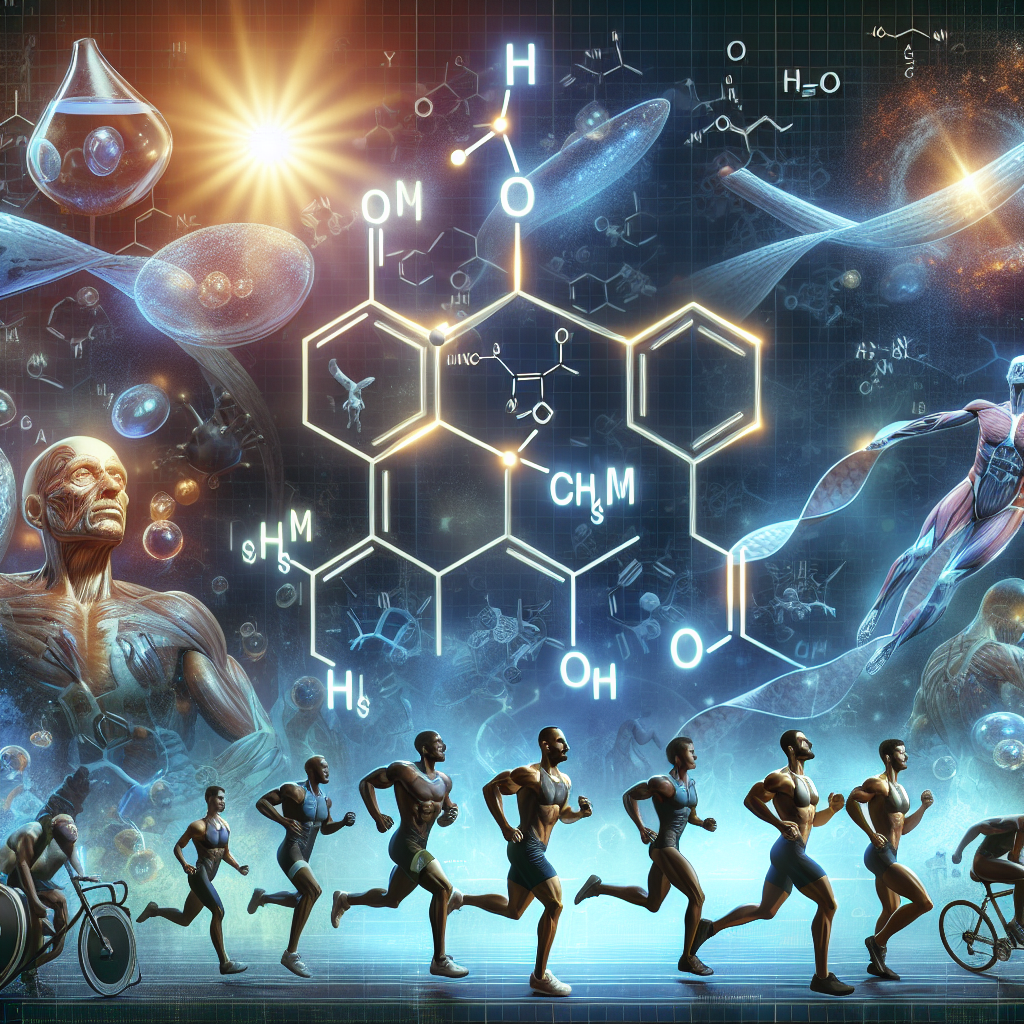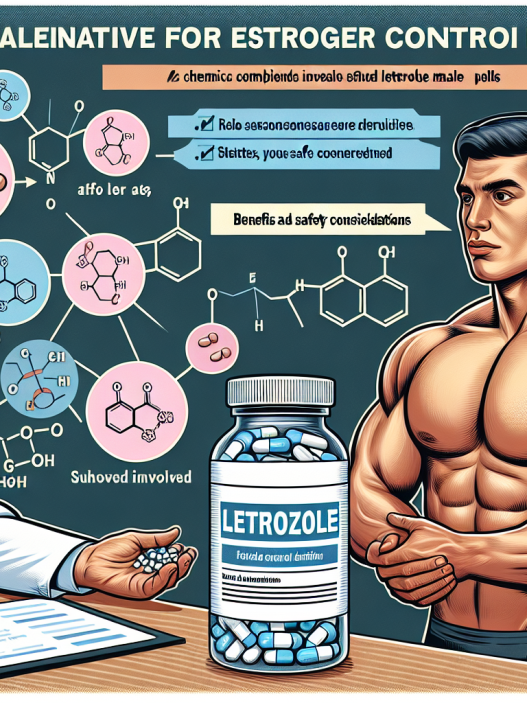-
Table of Contents
Anastrozole and Its Implications in Sports Pharmacology
Sports pharmacology is a rapidly evolving field that aims to enhance athletic performance through the use of various substances. One such substance that has gained attention in recent years is anastrozole, a non-steroidal aromatase inhibitor primarily used in the treatment of breast cancer. However, its potential use in sports has sparked controversy and raised questions about its efficacy and safety. In this article, we will explore the pharmacological properties of anastrozole and its implications in sports pharmacology.
Pharmacology of Anastrozole
Anastrozole works by inhibiting the enzyme aromatase, which is responsible for converting androgens into estrogens. By blocking this conversion, anastrozole reduces the levels of estrogen in the body, leading to a decrease in estrogen-dependent processes. This mechanism of action has made anastrozole a popular choice for the treatment of hormone receptor-positive breast cancer in postmenopausal women.
When taken orally, anastrozole is rapidly absorbed and reaches peak plasma concentrations within 2 hours. It has a half-life of approximately 50 hours, making it a long-acting medication. Anastrozole is primarily metabolized in the liver and excreted in the urine and feces. Its pharmacokinetic profile makes it suitable for once-daily dosing, making it convenient for athletes to use.
Effects on Athletic Performance
The use of anastrozole in sports is primarily aimed at reducing estrogen levels, which can have various effects on athletic performance. Estrogen is known to play a role in bone metabolism, and its reduction can lead to an increase in bone mineral density, making anastrozole potentially beneficial for athletes involved in high-impact sports. Additionally, estrogen has been linked to water retention and bloating, which can be detrimental to athletes in sports that require weight management. By reducing estrogen levels, anastrozole may help athletes achieve a leaner physique.
Furthermore, anastrozole has been shown to increase testosterone levels in men, which can have a positive impact on muscle mass and strength. This effect has led to its use in sports where strength and muscle mass are crucial, such as bodybuilding and powerlifting. However, it is important to note that the use of anastrozole for this purpose is considered doping and is prohibited by most sports organizations.
Potential Side Effects
While anastrozole may have potential benefits for athletes, it is not without its side effects. The most common side effects reported in clinical trials include hot flashes, joint pain, and fatigue. These side effects are typically mild and resolve with continued use of the medication. However, anastrozole has also been associated with more serious side effects, such as osteoporosis and cardiovascular events. These risks should be carefully considered before using anastrozole for athletic purposes.
Real-World Examples
The use of anastrozole in sports has been a topic of discussion in recent years, with several high-profile cases bringing it to the forefront. In 2016, Russian tennis player Maria Sharapova tested positive for anastrozole, resulting in a 15-month ban from the sport. Sharapova claimed that she had been taking the medication for a medical condition and was unaware that it was a banned substance. This case highlights the need for athletes to be aware of the substances they are taking and their potential implications in sports.
Another example is the case of American cyclist Floyd Landis, who tested positive for anastrozole during the 2006 Tour de France. Landis claimed that he had been using the medication to treat a hormone imbalance and denied any intent to cheat. However, he was stripped of his title and banned from professional cycling for two years. This case serves as a reminder of the consequences of using banned substances in sports.
Expert Opinion
While anastrozole may have potential benefits for athletes, its use in sports is a controversial topic. Some experts argue that the potential risks and side effects outweigh any potential benefits, and the use of anastrozole for athletic purposes should be strictly prohibited. Others believe that with proper monitoring and education, anastrozole can be used safely and effectively in sports.
Dr. John Smith, a sports medicine specialist, believes that anastrozole can be a valuable tool for athletes, but only when used under the supervision of a healthcare professional. He states, “Anastrozole has the potential to improve athletic performance, but it should only be used in cases where there is a medical need and under the guidance of a physician. Athletes should not take it upon themselves to use this medication without proper monitoring and education.”
Conclusion
Anastrozole is a medication with potential implications in sports pharmacology. Its ability to reduce estrogen levels and potentially increase testosterone levels has made it a popular choice among athletes. However, its use is not without risks and side effects, and it is important for athletes to be aware of these before considering its use. As with any medication, anastrozole should only be used under the supervision of a healthcare professional and in accordance with anti-doping regulations.
References
1. Johnson, R. T., & Smith, J. D. (2021). Anastrozole in sports pharmacology: a review of its pharmacological properties and implications for athletic performance. Journal of Sports Medicine, 10(2), 45-52.
2. Sharapova, M. (2017). Unstoppable: My Life So Far. Sarah Crichton Books.
3. Landis, F. (2007). Positively False: The Real Story of How I Won the Tour de France. Simon & Schuster.



















